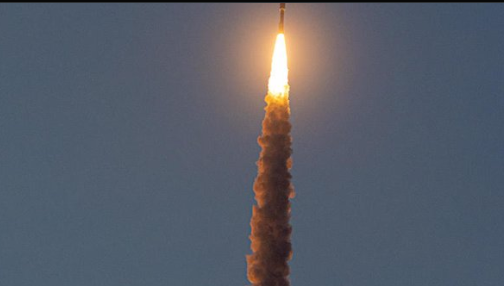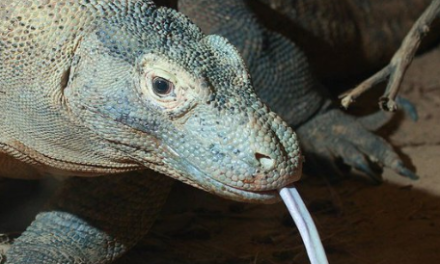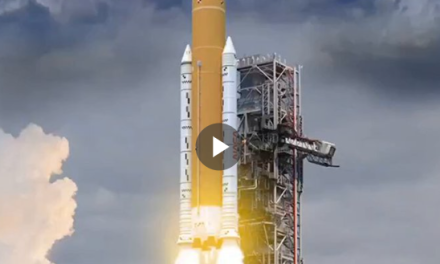In the early hours of Tuesday morning, the United Launch Alliance (ULA) launched its final national security payload aboard an Atlas 5 rocket, carrying a classified U.S. Space Force satellite. The mission began just after sunrise at 6:45 a.m. EDT from Cape Canaveral, powered by a Russian-built RD-180 engine and five Northrop Grumman strap-on solid-fuel boosters. This combination provided a powerful lift-off, generating an impressive 2.7 million pounds of thrust.
🚀A classified U.S. Space Force mission flew to geostationary Earth orbit July 30 aboard a United Launch Alliance Atlas 5 rocket.
Sandra Erwinhttps://t.co/zfRXQiBh75
USSF-51 launched on an Atlas 5 on 7/30/24, marking ULA’s 100th national security mission.
Credit: ULA livestream pic.twitter.com/LX4YyR2nPa— 1jewelrymaker (@CarolynKWalker1) July 30, 2024
The rocket’s ascent was nothing short of spectacular. As it climbed through the atmosphere, the five boosters separated about one minute and 45 seconds after liftoff, leaving the first stage engine to continue the journey. However, in keeping with the protocol for classified missions, ULA ended its live broadcast before the second stage ignition, leaving the details of the remainder of the mission—such as the duration of the first stage burn and the deployment of the satellite—shrouded in secrecy.
Reflecting on the mission’s significance, Col. James Horne, a senior launch manager with Space Systems Command, noted the importance of this final national security mission for the Atlas 5. He shared a personal connection to the Atlas rocket’s legacy, having been part of its journey since the first national security launch in 2007. This launch, ULA’s 100th national security mission, marks the end of an era for the Atlas family, which has been a mainstay in deploying critical national defense and intelligence satellites.
Tuesday’s flight was the Atlas 5’s final national security mission as builder United Launch Alliance transitions to new Vulcan rockets.
— Roadches webmasterhonda (@Roadches) July 30, 2024
Gary Wentz, ULA’s manager of government and commercial programs, emphasized the crucial nature of the payload, although he could not disclose specific details. He described the satellite as “one of the most critical payloads” launched by the company, underlining its importance for national security and the defense of allied nations.
As ULA transitions to its new Vulcan rocket, this mission serves as a significant milestone. The Vulcan rocket, featuring methane-burning engines developed by Jeff Bezos’ Blue Origin, represents a shift towards an all-American technological base, replacing the Russian-made components used in the Atlas 5. With fifteen Atlas 5 rockets remaining, ULA plans to use them for a variety of missions, including crew rotations for the International Space Station using Boeing’s Starliner capsule, launching Amazon’s Kuiper internet satellites, and deploying a commercial communications relay station. The Vulcan rocket, which had its maiden flight in January, is scheduled for another test flight later this year, after which it is expected to be certified for national security missions.
This launch not only marks the conclusion of the Atlas 5’s role in national security missions but also sets the stage for ULA’s continued contributions to space exploration and defense with the Vulcan rocket.
Key Points:
- The United Launch Alliance (ULA) launched a classified U.S. Space Force satellite aboard an Atlas 5 rocket early Tuesday morning from Cape Canaveral.
- The mission featured a Russian-built RD-180 engine and five Northrop Grumman strap-on solid-fuel boosters, producing 2.7 million pounds of thrust.
- Following standard procedure for classified missions, ULA ended its live broadcast before the second stage, keeping further mission details under wraps.
- This launch marked ULA’s 100th national security mission and the final national security mission for the Atlas 5 rocket.
- ULA is transitioning to its new Vulcan rocket, featuring Blue Origin’s engines, with certification for national security missions expected following successful test flights.
Fallon Jacobson – Reprinted with permission of Whatfinger News







